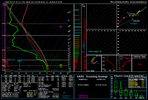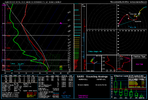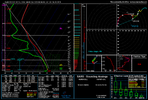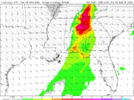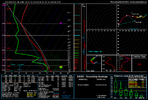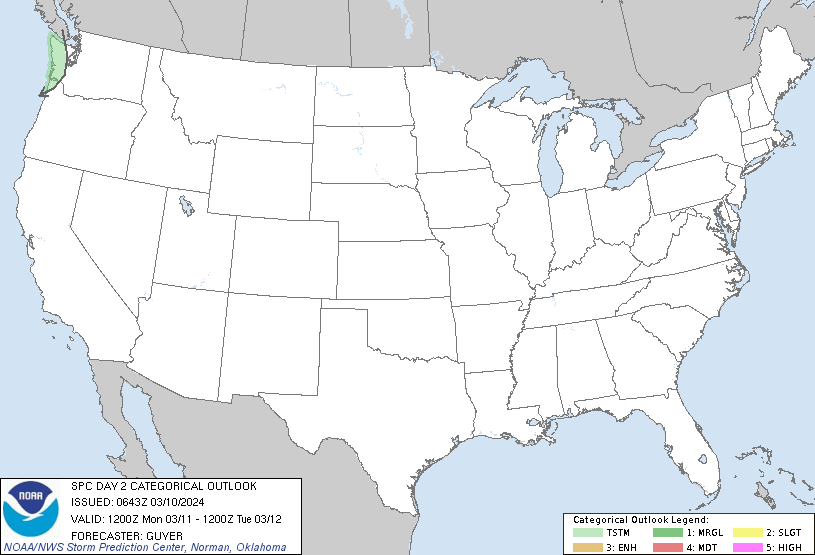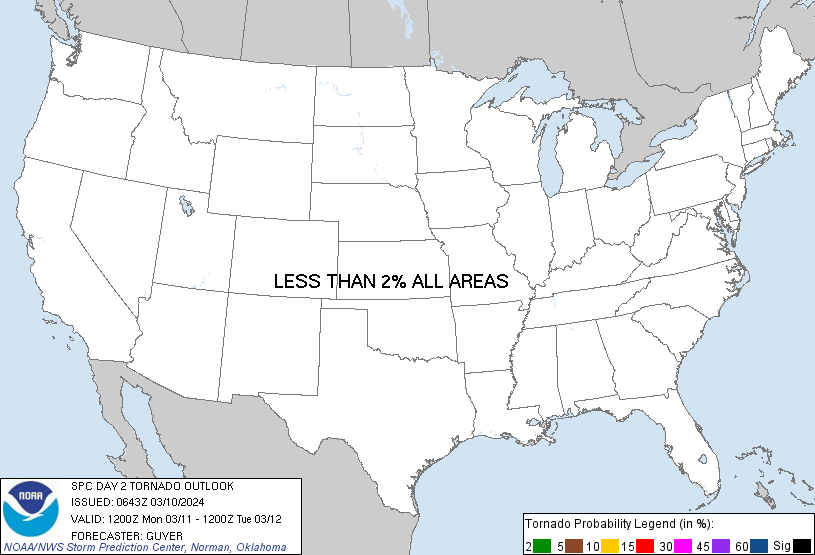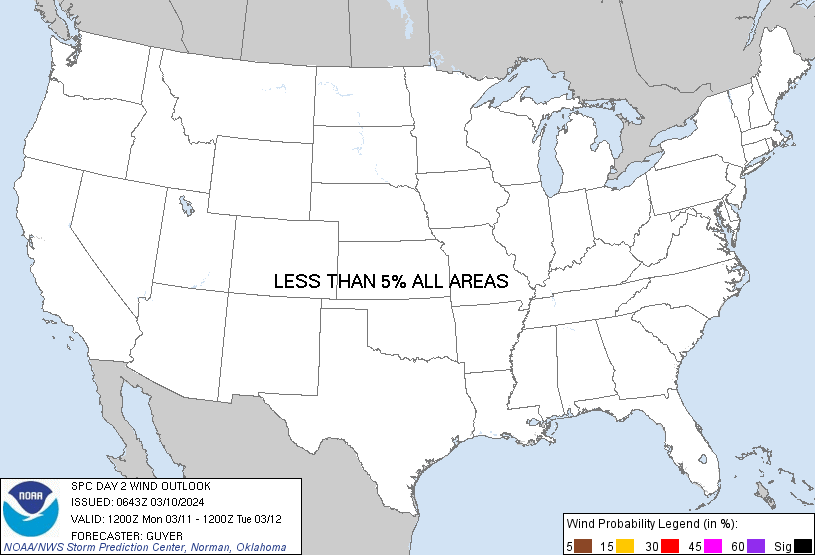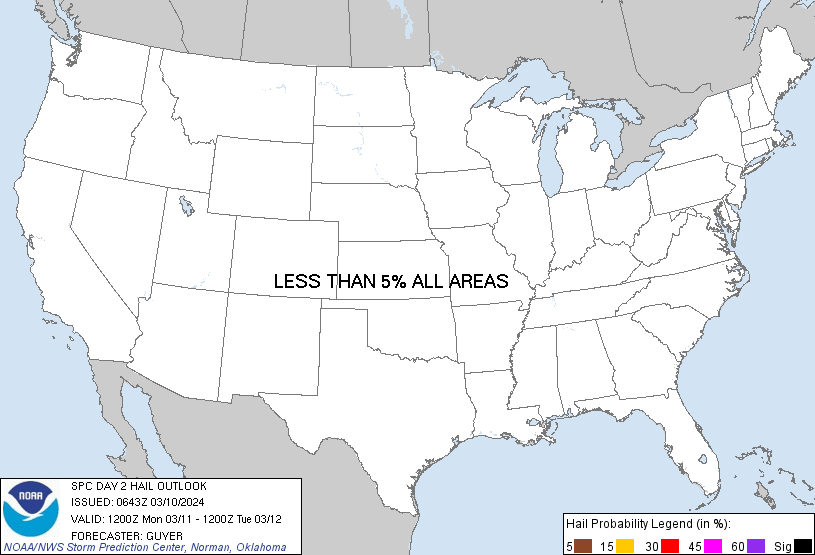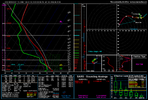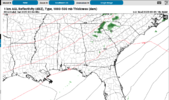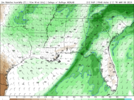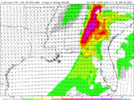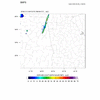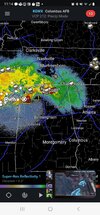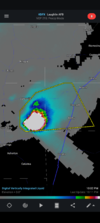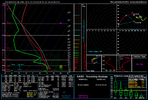tractor girl
Member
NAM Skew-T Athens GA is between 6-10pm -ish. IF I am reading this Skew-T correctly, it shows that surface winds start from the S and gradually shift W as height increases. Wind speeds also increase with height. Helicity shows 315 at 1km and 445 at 3km, both significantly elevated. Shear starts at 37 at 1km, then increases to 63 and 60 at 1km and 6km respectively. MLCAPE (mixed layer convective available potential energy) is also elevated at 1175.
The shift due west along with elevated helicity and shear, combined with increased CAPE is what puts us at potential risk for severe weather/tornadoes.
I'm new to reading soundings, please correct me if I have anything wrong here. Not sure how reliable NAM soundings are at 4 days out either.
The shift due west along with elevated helicity and shear, combined with increased CAPE is what puts us at potential risk for severe weather/tornadoes.
I'm new to reading soundings, please correct me if I have anything wrong here. Not sure how reliable NAM soundings are at 4 days out either.

